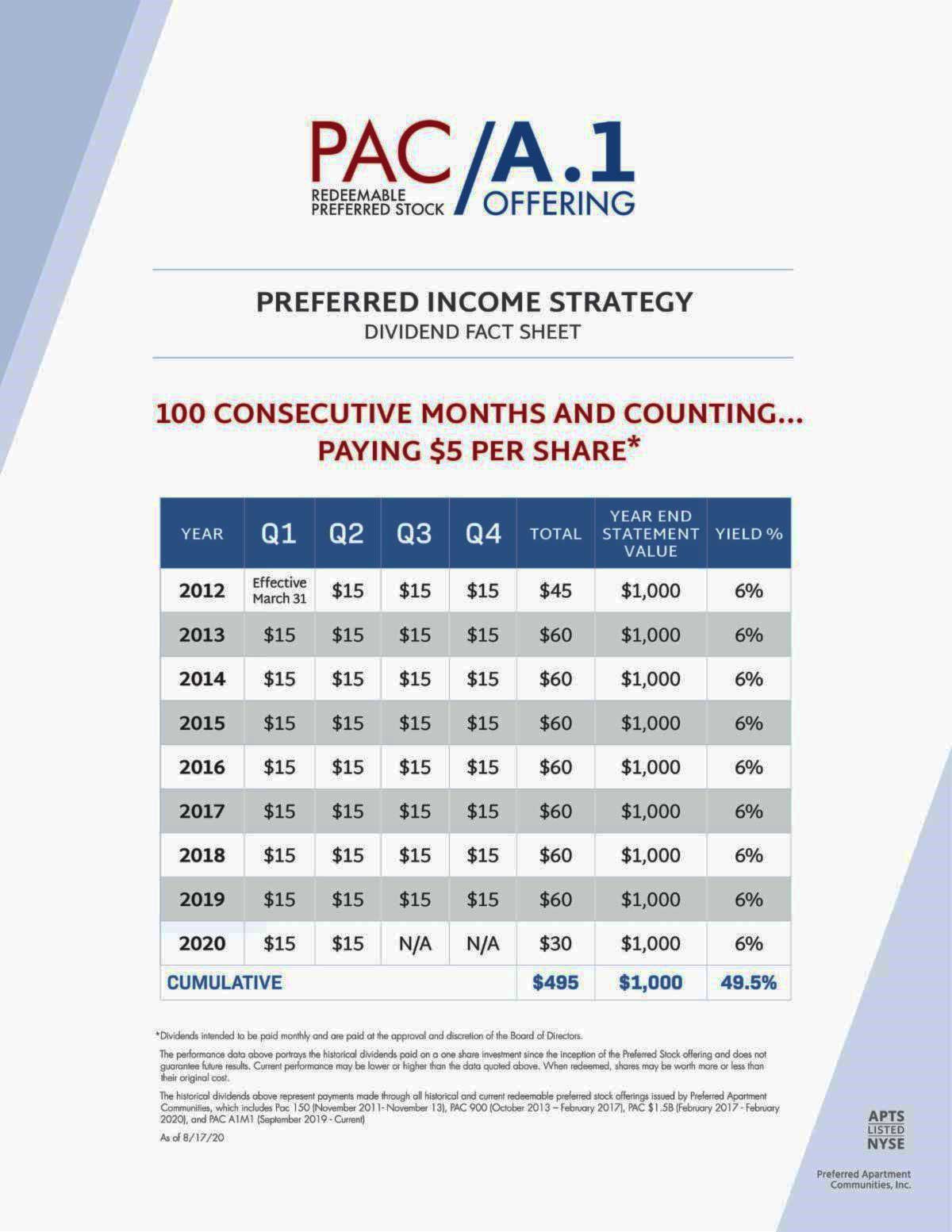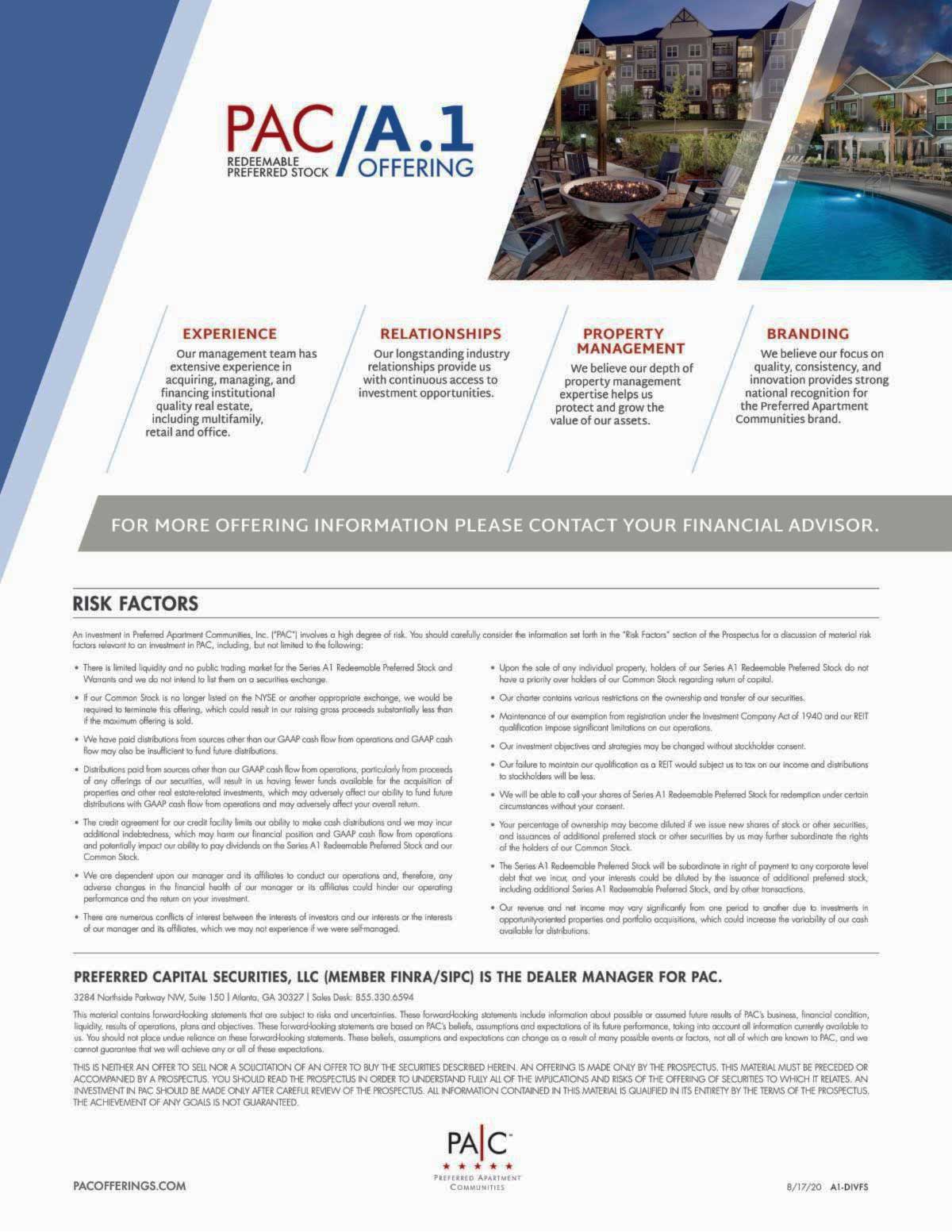If you’re in the markets for the long haul and look to capture the benefits of long-term trends, you should focus on the tools that maximize your long-term rate of return while managing the risks you take:
Asset allocation. A long-term asset allocation strategy aims at determining an optimal mix of stocks, bonds, and cash equivalents in your portfolio to suit how much risk you’re willing to take. The benefit of investing in all three asset classes is diversification — spreading investments among assets that have different cycles of return.
Portfolio rebalancing. This may be the most overlooked technique for potentially boosting returns and control-ling risk. Yet the technique is relatively simple: once a year (or some other pre-determined time period), compare the percentage of your assets in each class to your strategy. Then sell some assets from the categories that are larger than your strategy calls for and use the pro-ceeds to buy more of the assets that decreased in value. The principle is that rebalancing forces you to sell high and buy low.
Dollar-cost averaging. This technique actually puts market downturns to work in your favor. The
method is to invest a set amount of money on a recur-ring basis in each asset class. By continuing to make purchases when prices decline, you buy more shares than you do when prices are high. Keep in mind that dollar-cost averaging neither guarantees a profit nor protects against loss in a prolonged declining market. Because dollar-cost averaging involves continuous investment regardless of fluctuating price levels, investors should carefully consider their financial ability to continue investment through periods of low prices.
Between the strategies of trading actively and managing your portfolio strictly for the long term is a technique called tactical asset allocation. This involves moving significant chunks of your portfolio from one asset class to another, depending upon your reading of the changing prospects for risk and reward.
Trading involves market timing, which in turn depends on reading market and economic indicators with precision. Is watching the indicators for the right moment to move in a new direction the right approach for you?
To determine the approach right for you, please call me at 973-515-5184.
Borrow Wisely
![]() Use debt only for items that have the potential to increase in value, such as a home, college education, or home remodeling.
Use debt only for items that have the potential to increase in value, such as a home, college education, or home remodeling.
![]() Consider a shorter term when applying for loans.
Consider a shorter term when applying for loans.
![]() Make as large a down pay-ment as you can afford. If you can make prepayments without incurring a penalty, this can also significantly reduce the interest paid.
Make as large a down pay-ment as you can afford. If you can make prepayments without incurring a penalty, this can also significantly reduce the interest paid.
![]() Consolidate high interest-rate debts with lower-rate options. It is typically fairly easy to transfer balances from higher-rate to lower-rate credit cards.
Consolidate high interest-rate debts with lower-rate options. It is typically fairly easy to transfer balances from higher-rate to lower-rate credit cards.
![]() Compare loan terms with sev-eral lenders, since interest rates can vary significantly. Negotiate with the lender. Although most lenders have official rates for each type of loan, you can often convince them to give you a lower rate if you are a current customer or have an outstanding credit score. Review all your debt periodically, including mortgage, home equity, auto, and credit card debt, to see if less expensive options are available.
Compare loan terms with sev-eral lenders, since interest rates can vary significantly. Negotiate with the lender. Although most lenders have official rates for each type of loan, you can often convince them to give you a lower rate if you are a current customer or have an outstanding credit score. Review all your debt periodically, including mortgage, home equity, auto, and credit card debt, to see if less expensive options are available.
![]() Review your credit report before applying for a loan. You then have an opportunity to correct any errors that might be on the report.
Review your credit report before applying for a loan. You then have an opportunity to correct any errors that might be on the report.
Financial Thoughts
Based on data from the Survey of Consumer Finances, older adults with more outstanding debt commonly respond to liquidity constraints by working longer, delaying retirement, and postponing claiming Social Security benefits. The researchers found that more household debt translates to an expectation of about an extra 2.5 months of full-time work and an additional year of overall work. Individuals with a negative net worth (or more debt than financial assets) work for an additional two years. The study deter-mined that mortgage debt remains the most significant and common source of debt among older households, representing 69% of total debt in 2016. Older adults with a mortgage are 4.8% less likely to be retired and 3.1% less likely to receive Social Security benefits (Source: AAIIJournal, June 2020).
Emerging research on cognitive aging found declines in financial capability and concurrent lower investment performance among older individuals. Investors older than 75 on aver-age experience investment returns that are 3% lower than those of middle-age investors. The return disparity rises to 5% among older investors with greater wealth (Source: AAIIJournal, July 2020).

















